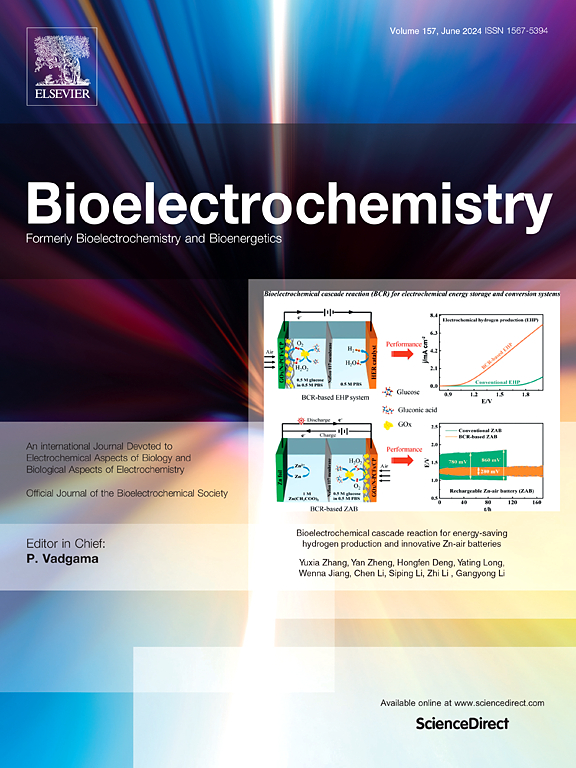FKBP5/FKBP51-mediated signaling pathways in neuropsychiatric diseases: Insights for biomarker development and targeted therapies
IF 3.6
2区 医学
Q1 NEUROSCIENCES
引用次数: 0
Abstract
The FK506-binding protein 5 gene encodes FKBP51, a molecular chaperone linked to the pathogenesis of neuropsychiatric diseases. Recent evidence shows that FKBP51 modulates activity of the HPA axis and GR-mediated feedback via dynamic interactions with GR, thereby influencing stress adaptation, inflammatory responses, and neuronal survival. This review systematically analyzes the mechanisms by which FKBP5 (and its encoded FKBP51) contributes to neuropsychiatric diseases and identifies shared pathways across these conditions. We further highlight key factors mediating disease variability and susceptibility: sex-, region-, and cell type-specific expression patterns of FKBP5/FKBP51, their temporal dynamics, genetic variants, epigenetic regulation, and gene–environment interactions. Additionally, we propose a “biphasic stress-response model” to conceptualize the temporal dynamics of FKBP5/FKBP51 expression during disease progression. Finally, we explore the translational potential of targeting FKBP51 signaling, and outline pharmacological strategies to modulate chaperone-dependent protein folding and stress pathways as novel therapeutic interventions.
神经精神疾病中FKBP5/ fkbp51介导的信号通路:生物标志物开发和靶向治疗的见解
fk506结合蛋白5基因编码FKBP51,这是一种与神经精神疾病发病机制相关的分子伴侣。最近的证据表明,FKBP51通过与GR的动态相互作用调节HPA轴的活性和GR介导的反馈,从而影响应激适应、炎症反应和神经元存活。本综述系统分析了FKBP5(及其编码的FKBP51)参与神经精神疾病的机制,并确定了这些疾病的共享途径。我们进一步强调了介导疾病变异性和易感性的关键因素:FKBP5/FKBP51的性别、区域和细胞类型特异性表达模式,它们的时间动态、遗传变异、表观遗传调控和基因-环境相互作用。此外,我们提出了一个“双相应激反应模型”来概念化疾病进展过程中FKBP5/FKBP51表达的时间动态。最后,我们探讨了靶向FKBP51信号的翻译潜力,并概述了调节伴侣依赖蛋白折叠和应激途径的药理学策略,作为新的治疗干预措施。
本文章由计算机程序翻译,如有差异,请以英文原文为准。
求助全文
约1分钟内获得全文
求助全文
来源期刊

Neurobiology of Stress
Biochemistry, Genetics and Molecular Biology-Biochemistry
CiteScore
9.40
自引率
4.00%
发文量
74
审稿时长
48 days
期刊介绍:
Neurobiology of Stress is a multidisciplinary journal for the publication of original research and review articles on basic, translational and clinical research into stress and related disorders. It will focus on the impact of stress on the brain from cellular to behavioral functions and stress-related neuropsychiatric disorders (such as depression, trauma and anxiety). The translation of basic research findings into real-world applications will be a key aim of the journal.
Basic, translational and clinical research on the following topics as they relate to stress will be covered:
Molecular substrates and cell signaling,
Genetics and epigenetics,
Stress circuitry,
Structural and physiological plasticity,
Developmental Aspects,
Laboratory models of stress,
Neuroinflammation and pathology,
Memory and Cognition,
Motivational Processes,
Fear and Anxiety,
Stress-related neuropsychiatric disorders (including depression, PTSD, substance abuse),
Neuropsychopharmacology.
 求助内容:
求助内容: 应助结果提醒方式:
应助结果提醒方式:


